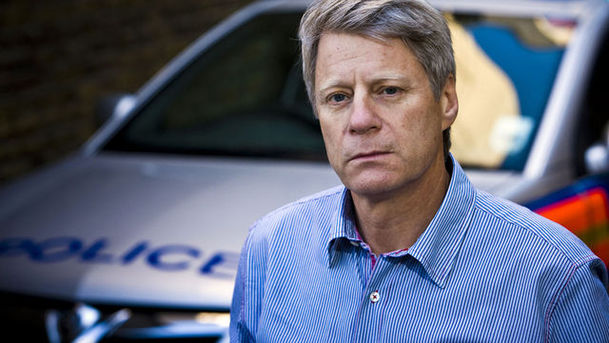The Truth About Crime - Anti-Social Behaviour

Why do we think crime is rising when the official figures suggest it is coming down? This three-part series follows presenter Nick Ross on a journey to find out the Truth About Crime. In this final episode, Anti-Social Behaviour, Nick shows how it's often not the big things like guns, knives, and gangs that bother us most; surprisingly, it is things like speeding, litter, and nuisance neighbours. The Truth About Crime films around the clock for a fortnight with police, the fire service and at the A&E in Oxford, a British city with crime rates typical of the country at large. Using their figures to create unique crime maps, the series explores the patterns of crime and anti-social behaviour - why and when it happens - in Britain today. But The Truth About Crime doesn't just rely on the official crime figures; it also reveals areas of anti-social behaviour that go unreported - shedding fresh light on the attitude of 14 and 15 year olds to graffiti, arson and drug use, in one of the largest ever school surveys of its kind. Nick meets victims of anti-social behaviour - from a family whose house has had eggs thrown at it and whose son has been badly beaten up, to a mother whose car tyres have been slashed after her son got in trouble with local drug dealers. He follows their stories over several months to see how they are treated by the police, prosecutors and the courts. And Nick looks beyond the justice system to see how it's possible to use design solutions - altering road lay-outs to deter joy-riding; improving the architecture of an estate to improve safety - to stop anti-social behaviour from happening in the first place.